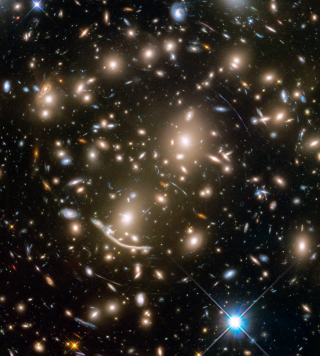Bibcode
Gasparri, D.; Morelli, L.; Cuomo, V.; Ivanov, V. D.; Pizzella, A.; François, P.; Coccato, L.; Corsini, E. M.; Costantin, L.; Dalla Bontà, E.; Méndez-Abreu, J.; Aguerri, J. A. L.
Referencia bibliográfica
Monthly Notices of the Royal Astronomical Society
Fecha de publicación:
5
2024
Número de citas
3
Número de citas referidas
2
Descripción
Recent advances in the stellar population studies of unresolved galaxies in the NIR domain demonstrated that it contains several line-strength indices to be potentially used as diagnostics for stellar population properties. Reduction of the extinction and possibility to disentangle different stellar populations dominating different spectral ranges are obviously beneficial. To this aim, we have investigated the connections between 19 Lick/IDS indices and 39 NIR indices measured in the central regions of 32 galaxies observed with X-shooter. We adopted a systematic approach to deriving a correlation matrix using all the optical and NIR indices measured for the galaxies and building new NIR composite indices to maximize their correlations with the best age and metallicity optical tracers. We found that the new T1 and [AlFeCr] composite indices are promising age and metallicity diagnostics in NIR, respectively. We finally tested the T1 and [AlFeCr] indices with the predictions of simple stellar populations models, and we found that the models show a general agreement with the data. Some fine tuning and further comparison between models and data, which are now largely available, is necessary to reach the prediction level of the optical line-strength indices.
Proyectos relacionados

Evolución de Galaxias en Cúmulos
Las estructuras en el Universo, a todas las escalas de masa, se han formado de una forma jerárquica y principalmente producidas por fusiones de galaxias. Sin embargo, esta formación jerárquica de las galaxias está modulada por el entorno en el cual se crean y evolucionan. Mientras que las galaxias de campo presentan una evolución pasiva, los
Jairo
Méndez Abreu